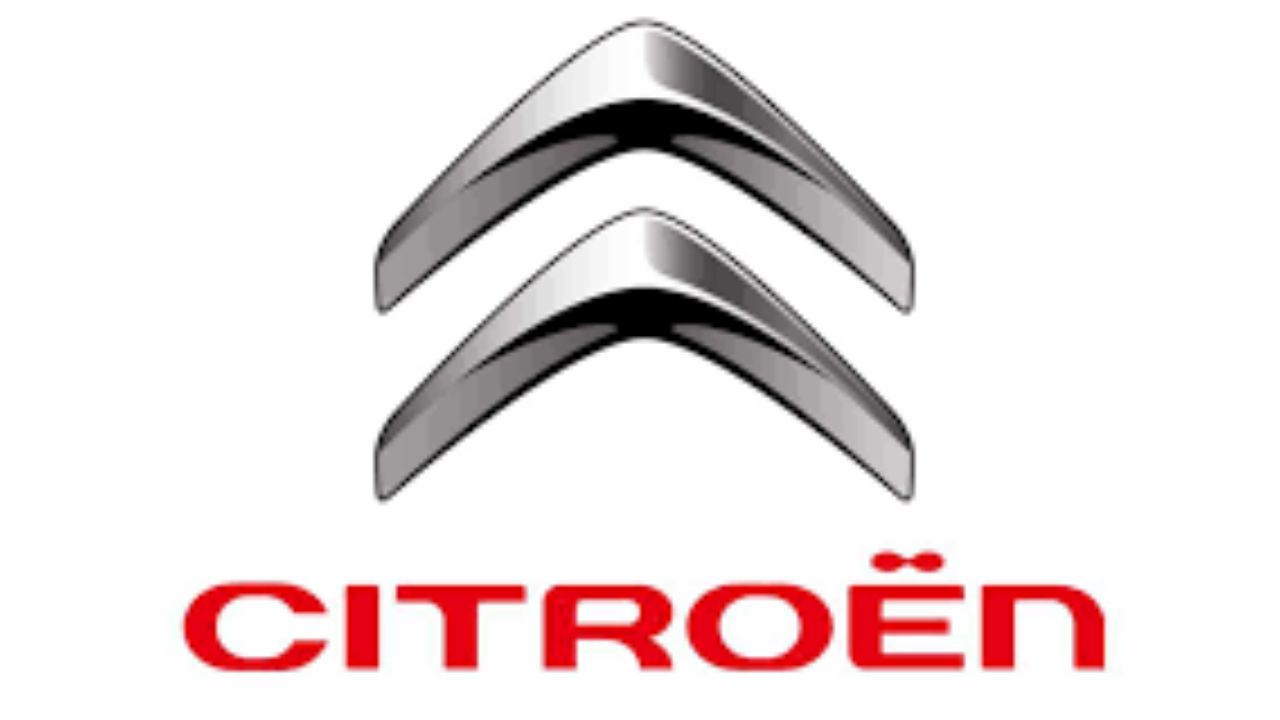Citroen: Definition, History, Growth & Feature
The French automobile manufacturer popularly called Citroen André Citron established the “Automobiles Citron” manufacturing firm in March 1919.

About Citroen: Since 2021, Stellantis has owned Citroen, which was formerly a part of the PSA Group after Peugeot purchased an 89.95% stake in 1976. Citroen’s headquarters, formerly at Rueil-Malmaison, has moved to the Stellantis Poissy Plant in Saint-Ouen-sur-Seine as of 2021. Other offices for studies and research are located in Vélizy-Villacoublay, Poissy (CEMR), Carrières-sous-Poissy, and Sochaux-Montbéliard.
With the Traction Avant, the company gained a reputation for cutting-edge technology in 1934. This was the first mass-produced vehicle in history to include front-wheel drive, four-wheel independent suspension, and unibody construction, which eliminates the need for a separate chassis and uses the vehicle’s body as its primary load-bearing structure.
Read Also~Paytm – Transforming Digital Transactions | How To Check Transaction History on Paytm?
Growth Citroen
They created the first hydropneumatic self-leveling suspension system in the world in 1954, the ground-breaking DS, the first mass-produced car with contemporary disc brakes in 1955, and swiveling headlights in several of their models in 1967.
These vehicles have won numerous national and international awards, including three European Car of the Year titles.
André Citron (1878–1955) constructed armaments for France during World War I, but he soon understood that absent planning, he would have a modern factory without a finished good.
Expansion Citroen
Citroen had a successful six-year period working for Mors from 1908 until the start of the war, which gave him experience in the automotive industry.
Read Also~GST: History, Definition | Goods and Services Tax Benefits, Types, Registration Process
Paul Magès and other Citroen researchers continued their work covertly, defying German direct orders, and created the concepts that were ultimately implemented in three exceptional vehicles: a tiny automobile (2CV), a delivery van (Type H), and a large, quick family car (DS).
These were largely viewed by journalists of the time as unconventional, even avant-garde, approaches to automobile design.
Thus began a period of unusual brand loyalty that lasted decades and was unheard of in the auto industry outside of niche brands like Porsche and Ferrari.
History Citroen
At the 1948 Paris Salon, Citron unveiled the Citron 2CV, also known as Deux Chevaux, which stands for “two tax horsepower” but initially only had 9 hp (6.7 kW). The car’s success helped the designer realise his vision of giving French farmers a powered substitute for the horse.
It was extraordinarily cheap to buy and, thanks to its tiny, two-cylinder engine, cheap to run. The 2CV did not have the more sophisticated self-leveling mechanism, but it did pioneer an extremely soft, interconnected suspension.
Read Also~ JioMart- Journey, Features & Company Profile
The 9 million 2CV variations that were created between 1948 and 1990 were made when this vehicle was still in production and only underwent minor alterations.
